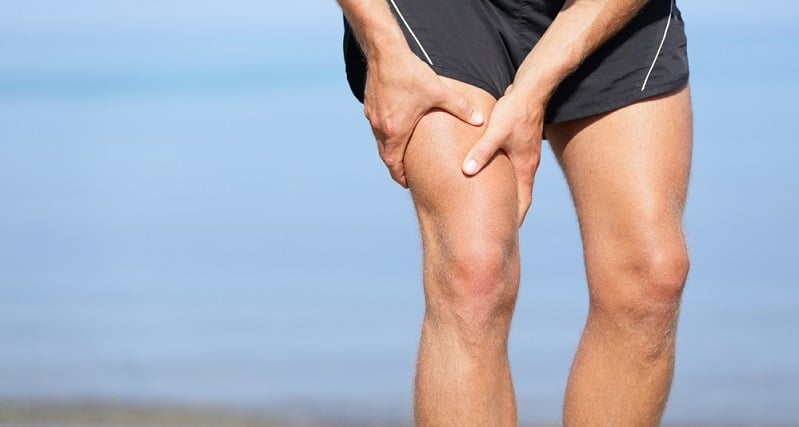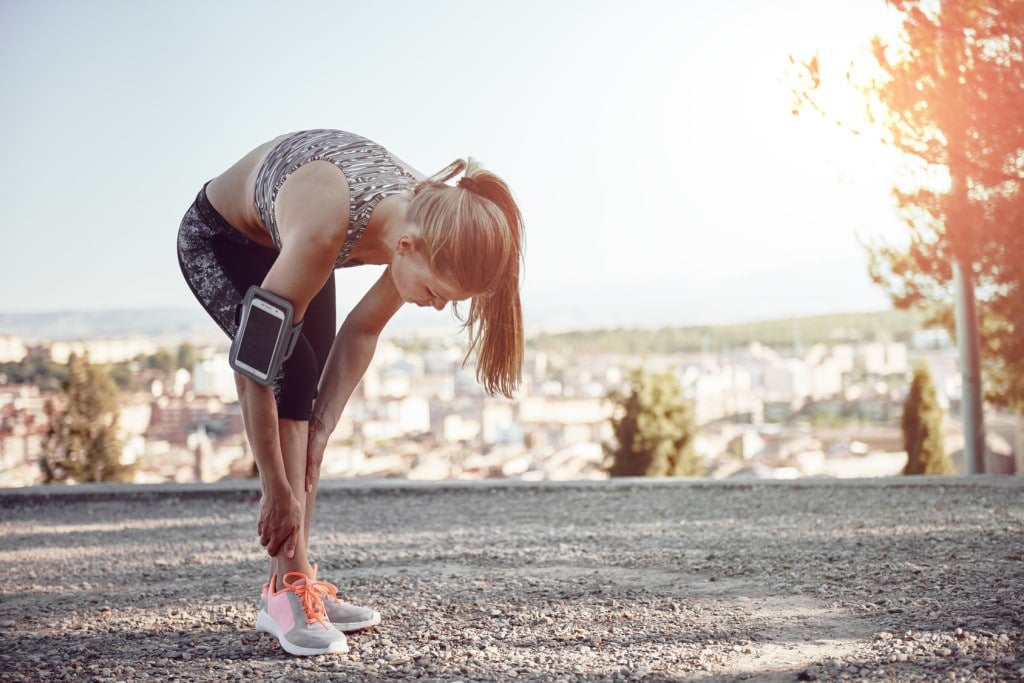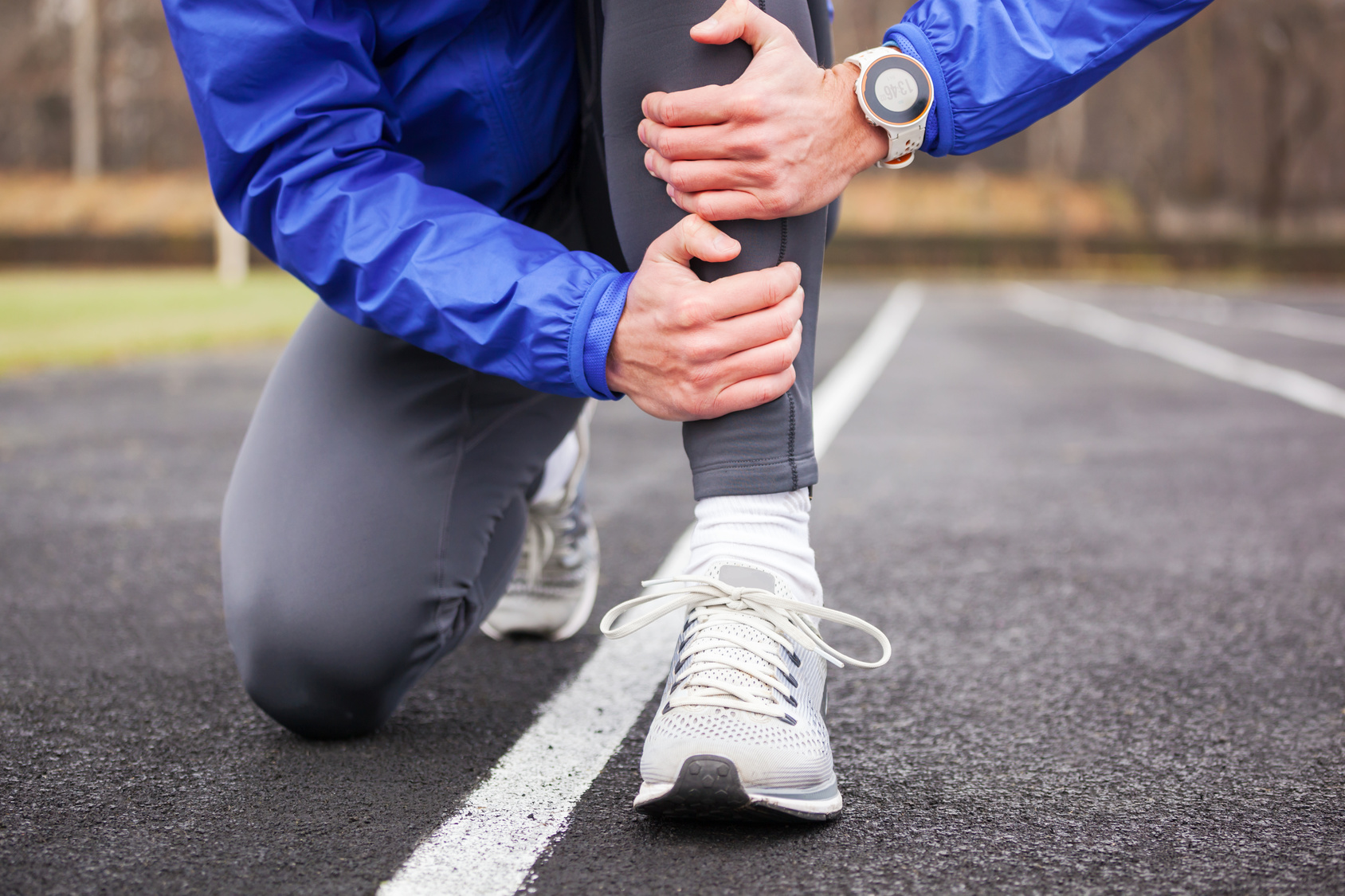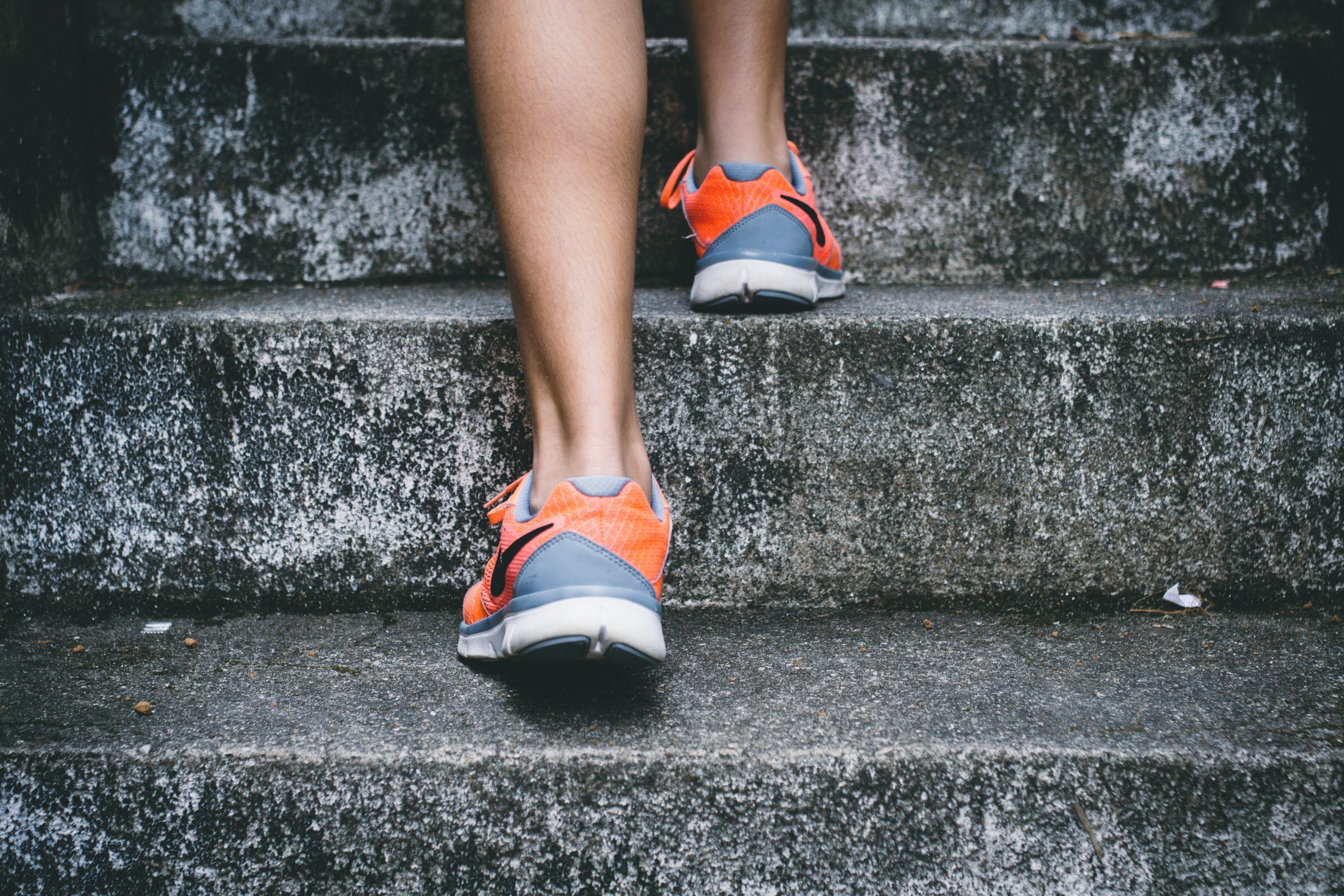Ever had that moment when you take off your running shoes and socks, only to discover a black toenail staring back at you?
If you’re nodding your head, you’re not alone. As a runner myself, I’ve been there, and it’s not exactly a badge of honor I’d like to wear. That’s why I’m here to share some down-to-earth advice on preventing black toenails, a common but annoying issue among runners.
Let’s face it, running is tough on the body, and our feet bear the brunt of it. I remember after my first marathon, I found not one, but two black toenails. It was a wake-up call that I needed to take better care of my feet.
Black toenails, while common in the running community, are more than just a cosmetic issue. They can be downright painful and even affect your running stride. But here’s the good news: there are some pretty straightforward steps you can take to avoid them.
In this article, I’m going to take you through the ins and outs of keeping your toenails in tip-top shape. I’ll share some practical tips and expert advice that I’ve gathered over the years, plus some insights that might just change the way you think about your running shoes and socks.
Ready to keep those toenails looking and feeling great? Then, let’s jump right in and get started on this journey to healthier, happier feet!
Understanding Black Toenails
Before we dive deep into how to prevent those pesky black toenails, let’s take a quick detour to understand exactly what they are and why us runners seem to be their favorite victims.
Think of black toenails, or as some call them, “runner’s toenails,” as those uninvited, mysterious guests at a party. They show up as your toenails turn a dark, often black or deep purple color. It’s like your nail is throwing its own little bruise party, thanks to bleeding underneath the nail bed.
So, why do runners get the ‘honor’ of hosting these parties more often? It boils down to the high-impact nature of our beloved sport. Running, especially over long distances or on hard surfaces, can be pretty tough on our toes.
Let’s break down the main culprits behind these black toenails:
- Friction: It’s like a mini tug-of-war inside your shoe. Your toes keep rubbing against the shoe, leading to pressure and friction on the toenails. Imagine a small blood vessel under your nail getting pinched in this tussle, leading to bleeding and the nail turning a dark color.
- Impact: When you’re pounding the pavement or tackling downhill terrains, your toes take a hit, quite literally. This impact can lead to the toenail getting bruised and turning black.
- Ill-Fitting Shoes: Ever tried running in shoes that feel like they’re one size too small? It’s not just uncomfortable, it’s a recipe for black toenails. Shoes that are too tight or don’t leave enough wiggle room for your toes increase the pressure on your nails, making them more prone to damage.
Now that we’ve got a clearer picture of what’s going on with these black toenails, let’s move on to the part you’ve been waiting for – how to stop them from crashing your running party!
Get the Right Shoes
When it comes to finding the perfect running shoes, here’s a little insider tip – size up, like half a size to a full size more than what you’d normally wear.
Why, you ask? Imagine this: having that extra bit of room in your shoes is like giving your toes a first-class seat on a long flight. They get to stretch out and breathe, which is exactly what they need.
Here’s the rule of thumb I always follow: there should be about a thumb’s width of space between your longest toe and the front of the shoe. But, and this is important, don’t get carried away with the extra space.
You don’t want to feel like you’re sloshing around in clown shoes. Too much room and you’ll be sliding around inside the shoe, which is the last thing you want when you’re trying to clock in those miles.
And here’s another little trick I’ve learned: go shoe shopping at the end of the day. Sounds odd, right? But here’s the deal – our feet tend to swell a bit after a day of standing and walking.
So, if you buy your shoes when your feet are at their puffiest, you’re more likely to get a pair that fits comfortably throughout the day. Trust me, your feet will thank you for that snug, cozy fit, especially during those long runs.
For more on how to pick proper running shoes, check the following posts:
Achieving Proper Lacing for Toe Protection
While having the right shoes is crucial, mastering the art of lacing them can be a game-changer in protecting your toes, particularly when tackling those downhill runs.
Let’s talk about turning those laces into your secret weapon against black toenails. First things first, start with even lacing. This means making sure the laces pass through each eyelet in a balanced way, setting a solid base for the rest of your lacing adventures.
Now, onto the heel lock – a technique I swear by to keep my heel snug and prevent any unwanted sliding inside the shoe. Here’s a quick guide on how to do it:
- Take one lace end on each side of the shoe and cross it to the opposite side’s eyelet, creating a diagonal pattern.
- Pull the laces tight, so the shoe gently hugs your heel.
- Cross the lace ends behind your ankle and then bring them to the front.
- Tie them up in a standard knot.
But what if your toes are begging for a bit more room? That’s where window lacing comes in, a nifty trick I learned from a fellow runner:
- Start from the second-to-last eyelet, near your toes. Lace straight across without crisscrossing.
- Continue this pattern up to the top.
- Once you reach the top, cross the laces and thread them back into the opposite eyelets.
- Secure with a knot.
And for a visual guide, there’s this super helpful YouTube tutorial that shows you how to lace up like a champ:
But wait, there’s more!
If you still find your feet playing slip ‘n slide in your shoes, consider getting yourself a rubber or gel insole. It’s like giving your shoes a little extra grip to keep everything in place.
Keep Your Toenails Short
Long toenails are troublemakers. They can slam into the front of your shoe, causing all sorts of chaos, like bleeding beneath the nail and even cutting into the neighboring toes. Yeah, not a pretty picture.
Therefore, here’s the golden rule: trim those toenails on a regular basis. It’s a no-brainer, but surprisingly, many runners tend to overlook it (guilty as charged!). Using strong toenail clippers can make the process much easier, especially if your nails tend to be thick or difficult to cut.
Now, let’s go through the steps for proper toenail trimming:
Tools You’ll Need:
- Toenail clippers or scissors
- A nail file (optional)
Steps:
- Cleanliness First: Before you start, make sure your toenails and the tools you’ll use are clean. Wash your feet and dry them thoroughly.
- Choose the Right Time: It’s best to trim your toenails after a shower or bath when your nails are softer. This makes the process easier and reduces the risk of splintering.
- Trim Straight Across: Use toenail clippers or scissors to trim your toenails straight across. Avoid rounded or curved cuts, as they can lead to ingrown toenails.
- Leave Some Margin: Leave a small margin of nail beyond the tip of your toe. Cutting too close to the skin can result in injury.
- Avoid Angles: Don’t trim the corners of your toenails at angles; keep them straight. This helps prevent ingrown toenails.
- Smooth the Edges: If you have any rough edges or sharp corners after trimming, use a nail file to gently smooth them.
- Check Your Work: Inspect your toenails to ensure they are trimmed evenly, and there are no jagged edges.
The Right Socks
Earlier, I touched on how moisture can be a sneaky culprit behind runners’ toenails. Let’s dive deeper into that. When your feet get slippery inside your shoes, it’s like they’re having their own little dance party, but not the fun kind.
Add in the heat and humidity, and your feet start to swell, leading to more friction and contact with your shoes. Hello, black toenails.
So, what’s the solution? Picking the right socks for running. You want to go for those thin, lightweight ones that regulate temperature like a charm. They’re great at absorbing moisture, unlike cotton or wool socks that just get soggy and make things worse.
And here’s a summer tip: ditch the thick socks. Opt for lighter materials that wick away moisture, keeping your feet dry and reducing the chance of nail issues.
Want another trick up your sleeve? Try silicone toe pads. They’re like little bodyguards for your toes, cushioning them against all the friction they face while you’re pounding the pavement.
Work On Your Running Form
Keeping proper form is another important measure for reducing the risk of toe injuries. Bad form can cause issues like overstriding and heel striking, which may increase the load on your toes, leading to discomfort and injuries.
I won’t dive into the nitty-gritty of running form here, but let me share some quick tips:
- Avoid overstriding. This occurs when your foot lands too far in front of your body’s center of mass and can lead to a braking effect, causing your toes to bear excessive force when your foot hits the ground. Focus on shorter, quicker strides. Aim to land your foot beneath your hips rather than far ahead.
- Embrace Midfoot or Forefoot Striking: Landing on your midfoot or forefoot instead of your heel can distribute the impact forces more evenly throughout your foot, reducing the strain on your toes. Practice running with a shorter, quicker stride and a midfoot or forefoot strike pattern.
- Run tall and proud. Leaning too far forward or backward can affect your foot strike and cause undue pressure on your toes. Keep an upright posture with your head aligned over your shoulders and your hips and knees slightly bent. This helps in maintaining a balanced foot strike.
- Engage Your Core: A strong core can help stabilize your body while running. When your core muscles are engaged, it promotes better posture and reduces the likelihood of leaning forward or backward, which can impact your foot placement.
- Consider Gait Analysis: If you’re serious about improving your running form, then get your gait analyzed in a lab setting. They can identify specific areas where your form may need adjustment and provide personalized guidance.
When to Seek Medical Help for Toenail Problems
While the practical tips I’ve shared today can really help in preventing black toenails for runners, there are times when it’s best to call in the experts. You know, those situations where you’ve tried everything, but the problem persists or gets worse.
Let’s talk about when you should consider seeing a healthcare professional. Imagine these scenarios:
- Persistent Black Toenails: It’s like that one song that keeps playing on the radio over and over. If black toenails keep making a comeback despite all your efforts, it’s time to seek professional help.
- Pain and Discomfort: If your toes start feeling like they’re in a constant state of discomfort, or if there’s swelling, it’s a signal that something’s not right.
- Nail Changes: Any drastic changes in your toenails, like thickening, discoloration, or strange shapes, should be checked out.
- Fungal Infections: These sneaky invaders can wreak havoc on your skin and nails. If you suspect a fungal infection, it’s time to nip it in the bud.
- Ingrown Toenails: If you find yourself frequently dealing with ingrown toenails, a podiatrist can help you put an end to that cycle.
Why a podiatrist, you ask? Well, they’re like the Sherlock Holmes of feet. They specialize in foot health and can provide a thorough assessment to uncover any hidden issues causing your toenail troubles.
Remember, every runner’s feet are as unique as their running style. What works for your buddy might not work for you. Podiatrists can offer personalized advice, perfectly tailored to your feet’s quirks and needs.
And if you’re dealing with stubborn toenail issues, podiatrists have an arsenal of advanced treatments at their disposal. From specific toenail procedures to recommending orthotics or even custom footwear, they’ve got the tools to get your feet back in top running form.






